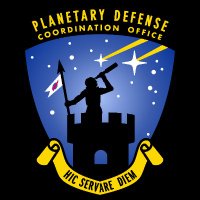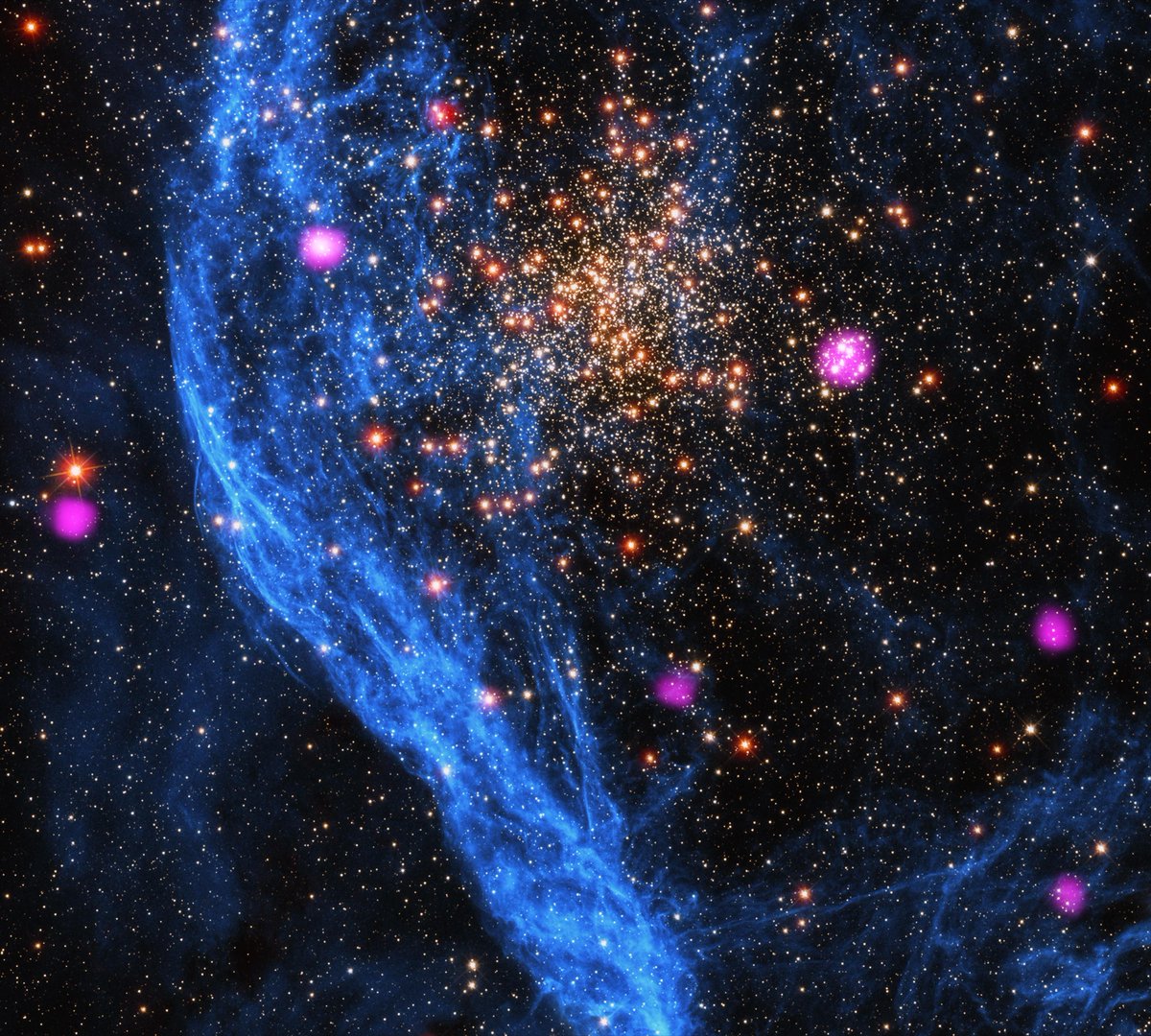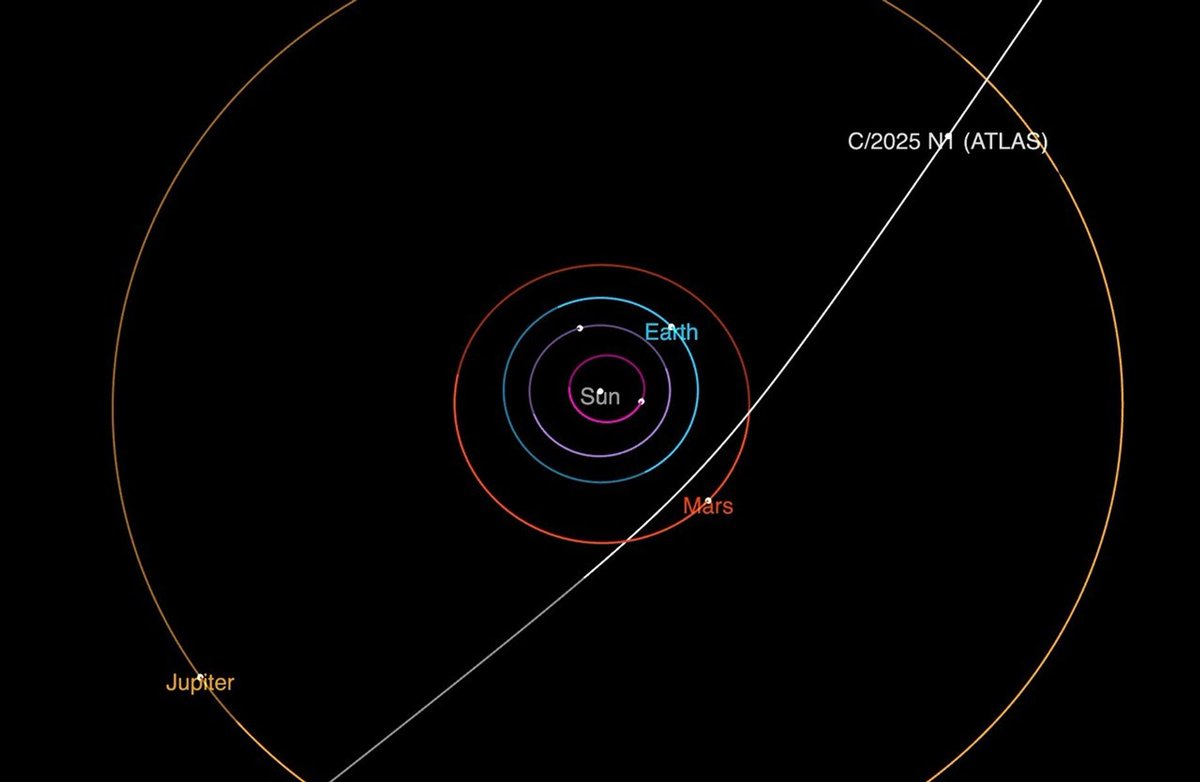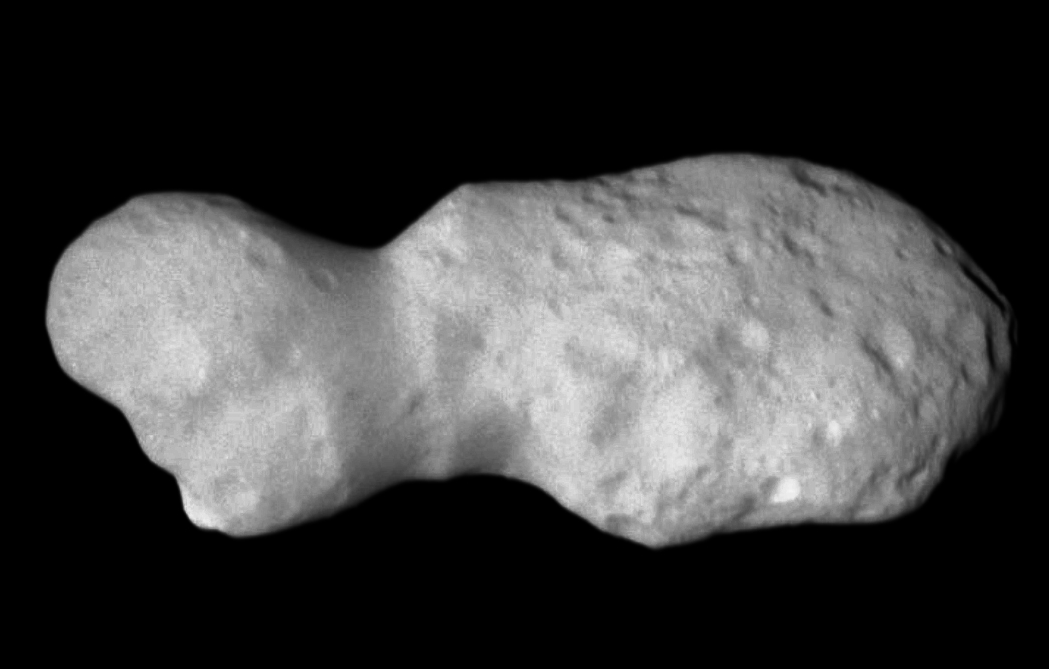
NASA 360
@nasa360
Fueling your space addiction since ‘09. Fill ‘er up ⛽️
Verification: nasa.gov/socialmedia
ID: 42869411
http://www.nasa.gov/nasa360 27-05-2009 12:20:47
10,10K Tweet
241,241K Followers
214 Following





From distant exoplanets and star-forming nurseries to ancient galaxies near the edge of time, NASA Webb Telescope is unfolding the universe, one discovery at a time. But how did this groundbreaking mission come to life? Watch Cosmic Dawn and uncover the untold story behind the making of

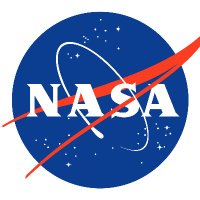




Cosmic collision alert! 💥 NASA Webb Telescope zoomed in on the Bullet Cluster, and delivered BIG. Using its powerful near-infrared vision, #Webb revealed hidden galaxies and helped scientists map elusive dark matter with stunning precision. Explore the cosmic wreckage:

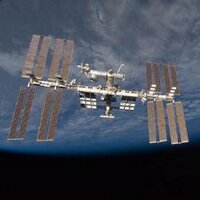
Introducing ARCHIVED ISS Research! Bringing you the incredible science and research happening on our planet and beyond straight to your X feed. Stay tuned for more. 🌎🚀🌠



For three years, NASA Webb Telescope has shattered expectations and rewritten what we thought we knew about the universe. Here are 10 discoveries that blew scientists’ minds: science.nasa.gov/missions/webb/…

